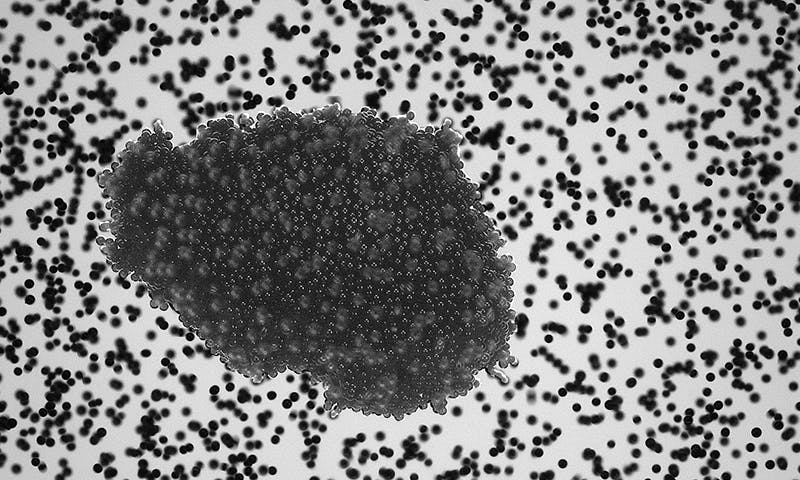Now Reading: From Pebbles to Planets: Understanding Their Formation
-
01
From Pebbles to Planets: Understanding Their Formation
From Pebbles to Planets: Understanding Their Formation

Quick Summary
- A study in Nature Astronomy reveals that static electricity plays a crucial role in planetary formation by enabling tiny dust particles in protoplanetary disks to stick together and form larger “pebbles.”
- Dust particles exceeding a certain size threshold (around 0.25 inches) can combine gravitationally to create planetesimals,rocky bodies thought to lead to planet formation.
- Static electricity arises from collisions between dust particles, generating electrostatic charges that attract oppositely charged particles.
- Experiments involving basalt beads were conducted aboard a suborbital rocket launched from Sweden in 2022, providing six minutes of weightlessness for testing particle behavior.
- Only shaken particles wiht an electrostatic charge clustered together; the largest measured cluster was slightly over an inch long.
- Researchers calculated that collision speeds must stay below approximately 1.5 feet per second for aggregation; higher speeds erode cluster surfaces.
Indian Opinion Analysis
This research deepens our understanding of cosmic phenomena and underscores the importance of seemingly simple processes-such as static electricity-in creating complex structures like planets. For India’s growing space research sector, advancements like these offer valuable insights into planetary evolution, relevant for both scientific modeling and practical applications such as space exploration technologies. As India explores deeper into astrophysics alongside missions like Chandrayaan or upcoming interplanetary ventures, findings such as these enhance global collaboration opportunities-a critical step toward becoming a leading player on the international space stage.



























